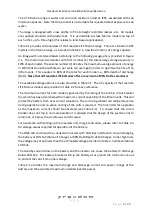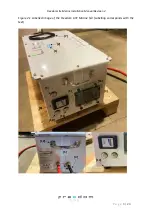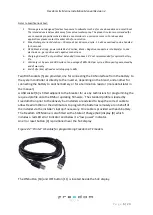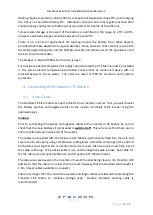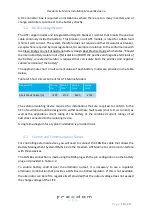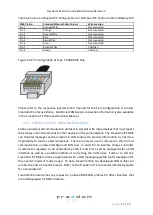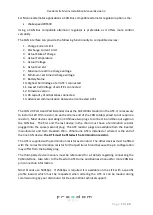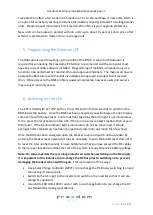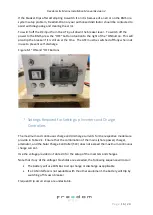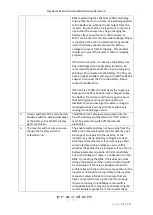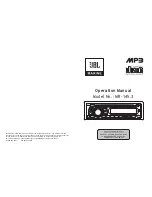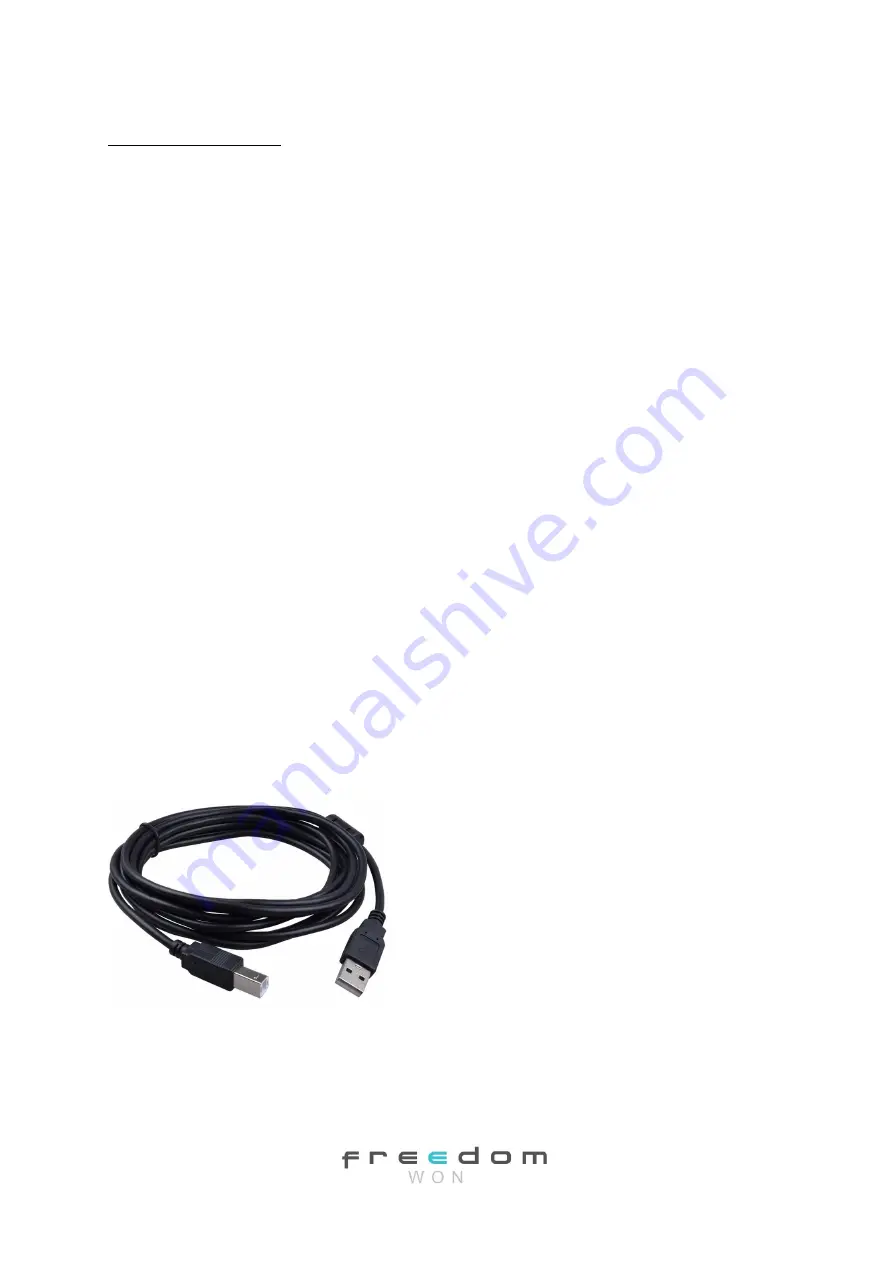
Freedom Lite Marine Installation Manual Revision 3
P a g e
6 | 24
Notes to Specification Sheet:
1.
This range is not designed for direct exposure to saltwater such as for use above deck on a small boat.
The intended use is below deck away from actual water spray. The product is also recommended for
use on seaside properties where airborne sea moisture is a corrosion concern. For above deck
applications please contact Freedom Won for a solution.
2.
Max discharge current duration
–
30 seconds per 60 second cycle. 1.5 x Max overload can be handled
for 5 seconds.
3.
DC Cables 1,8m long, power cable Red = Positive, Black = Negative, conductors in table refer to one
electrode i.e., per positive and negative connections
4.
Charging below 0°C not permitted. Extended time above 35°C not recommended for optimal battery
life.
5.
Warranty is 10 years or 4 000 cycles at an average of 80% DoD per cycle, 60% capacity guaranteed by
end of warranty.
6.
End of Life (EoL) defined as cell dropping to 60%
Two RJ45 sockets [5] are provided, one for connecting the CAN interface from the battery to
the system controller or directly to the inverter, depending on the brand, and another for
connecting the battery to another battery or for a termination resistor (more detail later in
the manual).
A USB socket [6] is fitted adjacent to the breaker for use by technicians for programming the
required profile onto the BMS or updating firmware. The standard profile is loaded by
Freedom Won prior to the delivery but installers are advised to keep the correct cable to
allow Freedom Won or the distributors to program the batteries remotely or on behalf of
the installer via the installer’s laptop if necessary. One cable is provided with each battery.
The Freedom LiTE Marine is also fitted with a State of Charge (SoC) display [8] which
includes a red LED error indicator and below it a “low power” indicator.
An error reset button [9] is positioned near the SoC display.
Figure 2.2 “Printer” US cable for programming Freedom LiTE models
The ON button [10] and OFF button [11] is located beside the SoC display.



